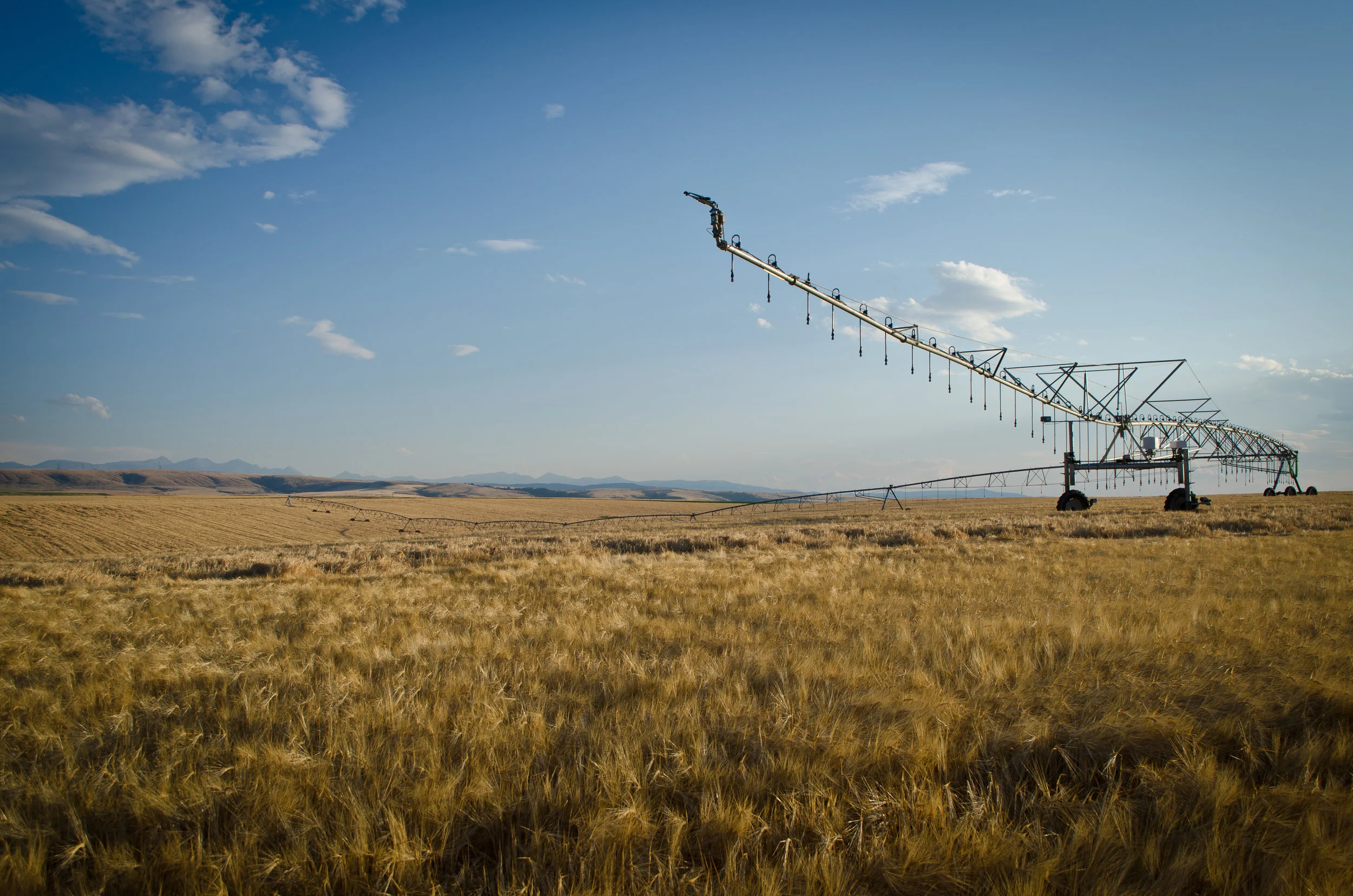
OUr Story
Gallatin Valley Malt Co. started as a big idea on a small town family farm to add value to one of our farm's main crops, barley. As we delved deeper into the world of malting, we came to realize the same care and quality important to growing and harvesting superior grains is also vital to producing the ingredients needed to create exceptional beers and spirits.
“We’re passionate about taking the high-quality grains we grow another step further with the malting process.”
Founded in 2017, our mission encompasses a plant to pint philosophy. Using grains grown in the fertile soils of southwest Montana's Gallatin Valley, we produce high-quality, single-sourced malt for craft breweries and distilleries throughout the Intermountain West region. Through a transparent, source-verified, and quality-tested supply chain, our malts provide brewers and distillers with a product that truly captures the unique terrior of its locale.
We strive to be a knowledgeable, trusted malt resource for our clients and provide outstanding customer service. In addition, we seek to connect and strengthen ties between local growers and maltsters with the brewing and distilling communities. Together, we believe we can make difference in our local communities and continue to advance the prosperity of our mutual industries.
Our process
Tried-and-true malting practices
Humans have been malting grains for millennia. Yet, despite the time that has passed, our goal as maltsters remains remarkably the same: turn lifeless, indigestible grains into malleable, flavor-packed ingredients for beer and spirit making.
Just like proper seedbed preparation is vital to growing a good crop, we know the monitoring and care taken during the malting process directly impacts the quality of the end product - your beer and spirits. Using tried-and-true malting practices, we use the variables of time, temperature, and moisture to transform raw grain into malt in a three-step process.
- Steeping - Grain is steeped in water to raise the moisture content of the viable seed to a level that allows growth. This process continues on and off for several days. During this period, moisture levels are closely monitored to ensure optimum conditions for the next step.
- Germination - Put simply, this is when the grain seed grows, however, environmental conditions are highly controlled. The grain is moved from steeping tanks to germination chambers known as Saladin boxes. As the grain grows, internal components are modified, creating enzymes, degrading proteins, and making starch reserves more available. Once grains have reached the desired level of modification, the wet "green" malt moves on to the next step.
- Kilning - Grains are moved from the Saladin boxes to the kiln to begin the dry down process which consists of two phases: drying and curing. In this phase, varying drying times and temperatures are used to develop the flavor and color of the malt. In some cases, malts may also move onto a roaster for further flavor character development.
While we make it sound simple here, many factors lend themselves to creating quality malts with distinct flavors. Through attention to detail, care, and manipulation of the variables discussed earlier, we are able to transform our locally-grown grains into high-quality, natural brewing resources.


